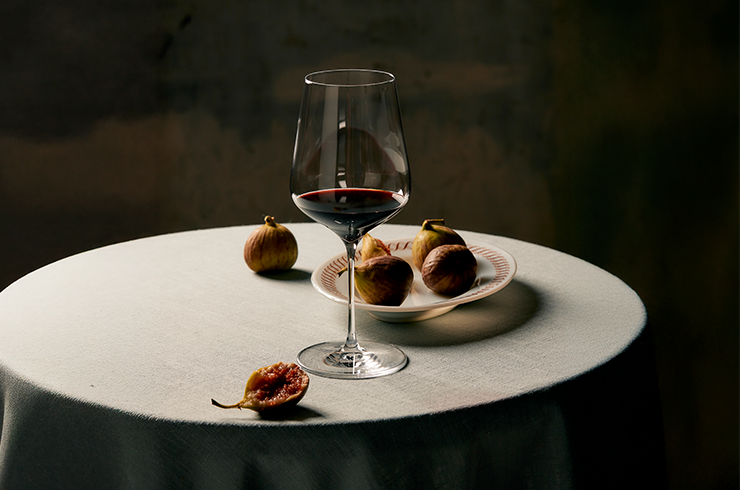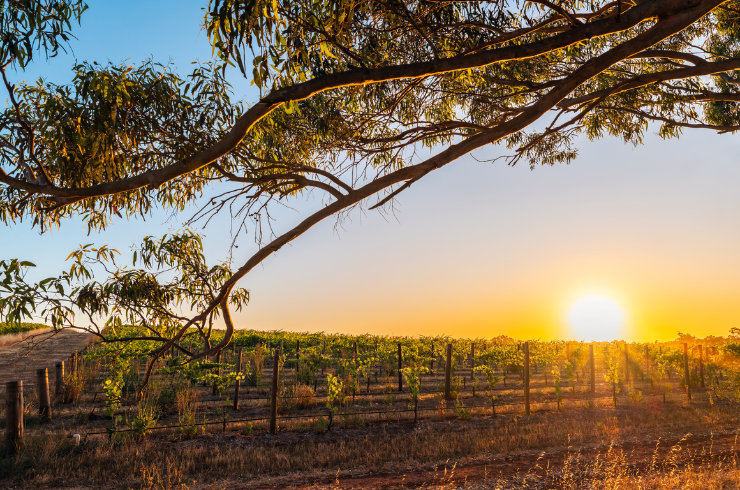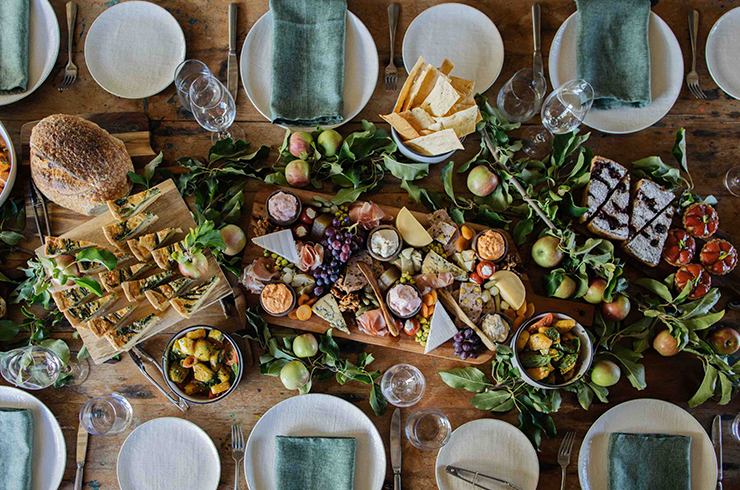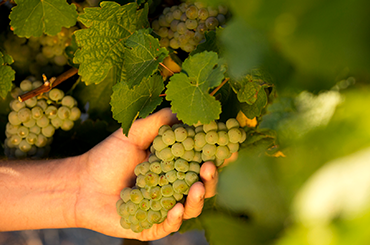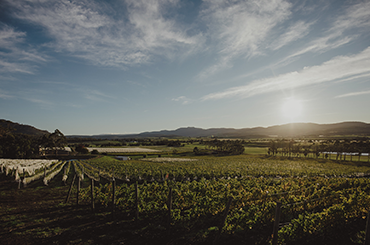Scroll through the alphabet of Australian wine, and it's just past halfway when many producers' eyes light up. Simply put, pinot noir has it all. As Yarra Yering's winemaker Sarah Crowe says, it's the red wine she drinks the most, simply because it's so enjoyable. "I love pinot's medium-bodied nature and the fragrance. It suits all year, and just about every cuisine," she says.
Of course, good pinot often has a price to match; it's a fickle grape and has a high production cost. However, with advances in viticulture and winemaking technology, along with vine age, many producers are proving there's now affordability to the variety. Sometimes it's easier to get a snapshot of a scene when you aren't in it, so I've started this deep dive far from pinot country.
Sitting in the heart of Margaret River with Karen Gough of Settlers Tavern, she explains that her wine list is made up of all the things that excite her. "It's about the winemakers and their stories," she says. And, inevitably, great wine. We crack open a couple of bottles from Jane Eyre – the Australian winemaker making waves in Burgundy, having won the exalted Negociant of the Year award by the Revue du Vin de France. The question arises: how does Australian pinot sit alongside the best of the world?
For the past 15 years, Jane's been living in Burgundy, returning annually to her roots in Victoria's Gippsland to produce an Australian vintage under her label. "I go home every year – this is the first time I've missed the harvest in Australia. I usually go home for six to eight weeks, and really, the boys have done all the hard work in the vineyards," she says. "It starts in the vineyard because if I can't get good grapes from good growers, I can't make wine and I don't have a business."
Why not stay in Burgundy year-round, the world's epicentre of great pinot? "It's a more expensive grape to grow than other varieties, so it puts a higher price tag on it. Especially in Burgundy – the prices have gone up and up – pinot suffers a bit as it costs more to make, so it's more expensive to buy.
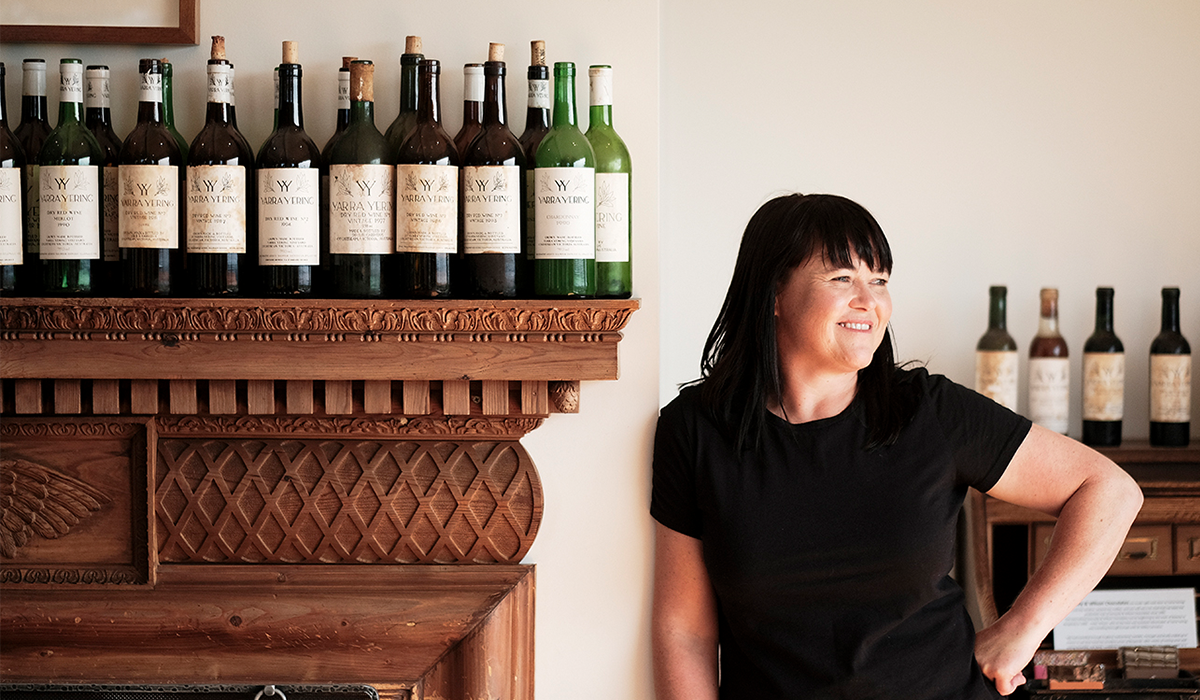
Gippsland has close proximity to Melbourne, so it's more affordable as an Australian wine region. It's a new shift as well – there's so much potential that's yet to be discovered. I think there'll be lots of great wine and pinot coming out of the region in the next few years."
An aromatic variety, pinot noir is a wine that personifies elegance and complexity – when grown and made well. While every winemaker will tell you that good wine begins in the vineyard, there is no exception when it comes to pinot. So, it's no surprise that with an increase in interest in the variety, comes an increase in investment.
Pinot noir in Australia
"Tasmania has come a long way in the past 20-plus years," says Jeremy Dinnen, one of the state's more respected voices on pinot. In 2017 he branched out with his own label Haddow + Dinnen after more than a decade at the helm of Josef Chromy. "The viticultural area in Tassie has grown significantly from a pretty small base, and we are now seeing vineyards in parts of the state that never had vineyards before." It's not just the investment in plantings that have helped pinot evolve recently, either."We are seeing more diversity in vineyards in the state, and also far more experienced and dedicated grape growers than previously. That makes a far, far greater difference in the number of winemakers in the growing Tassie wine scene."
As a grape that requires a cool growing area to thrive, regions such as Tasmania and Victoria are producing exceptional examples, but parts of Western Australia's southwest have also been making their mark, with growing interest from wine lovers.
"The appetite for pinot is huge compared to what it was 20 years ago," says James Kellie, Harewood Estate's owner and winemaker.
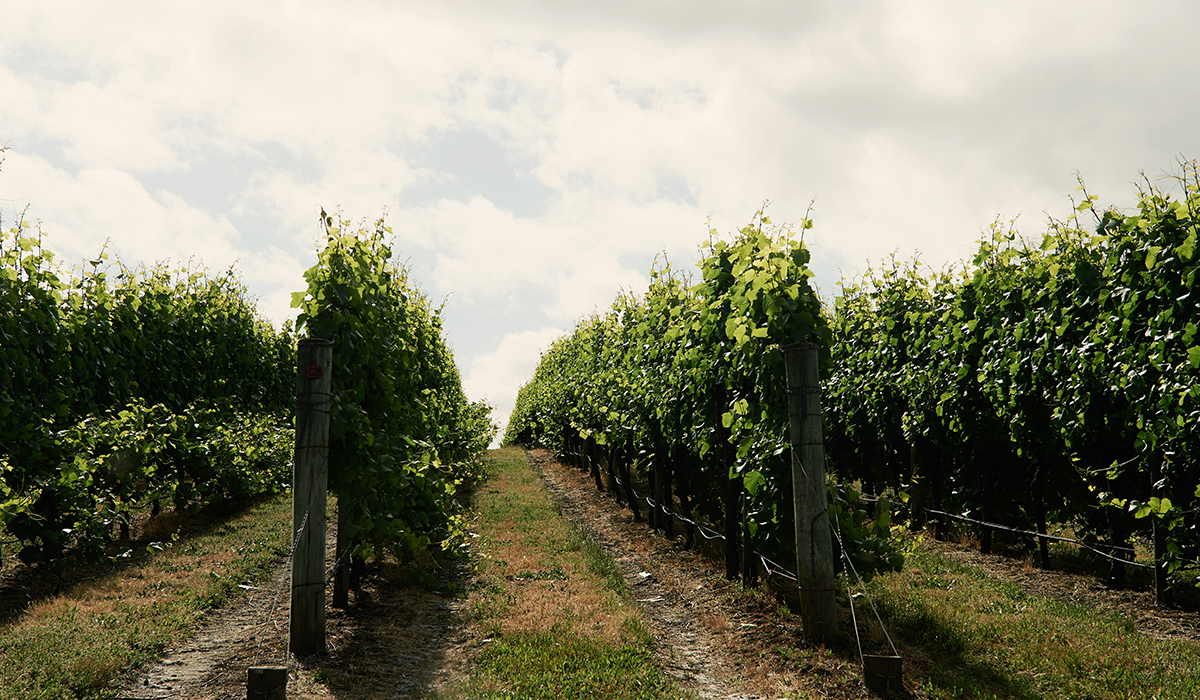
Pinot noir supply versus demand
The was no demand for the variety when James bought the winery in 2003 – a far cry from today: additional plantings have resulted in the production, and selling out, of several thousand cases a year. Based in Great Southern's Denmark, the winery has grown to produce several different pinot styles, thanks to site variety and plantings of Dijon clones over recent years."It's really exciting to see the response to what we can do in the winery from the consumer side," he says. "The demand from restaurants and retain has given us the funds to work on better oak and more interesting Burgundian barrels, and more handpicking to introduce more whole-bunch character into the pinots. People are definitely appreciating WA styles. Different to Tasmania, there's a richness to our pinots that stands them apart."
Dan Pannell from Picardy agrees. "There's a consistent growth of interest in pinot, but you don't just 'make' pinot. We've been working at it for 20-something years and getting new clones in from Burgundy. You can't just grow grapes, irrigate them and treat them like you do other varieties. Pinot will kick you in the arse! It's easy to make light, thin, watery rubbish, but it's hard to make a serious wine. Complex, elegant, silky ones are hard work, but that's the style I like to make. Vine age has certainly helped our wines get a more natural texture and complexity about them."
Like all great pinot producers, Dan argues the quality of the wine comes from the vines' quality. "We are really more of a vineyard; we don't do that much in the winery. Most of our activities are outside – 95 per cent of what we do is out there," he says.
With the same altitude as Burgundy, and a similar mean temperature for most of the year, perhaps it's no surprise that Pemberton is increasingly recognised for producing some excellent pinots. It's no secret that pinot producers are particular about the clones they are using. Dan has added six new clones, and he's confident they are bringing another level and complexity to the wines.
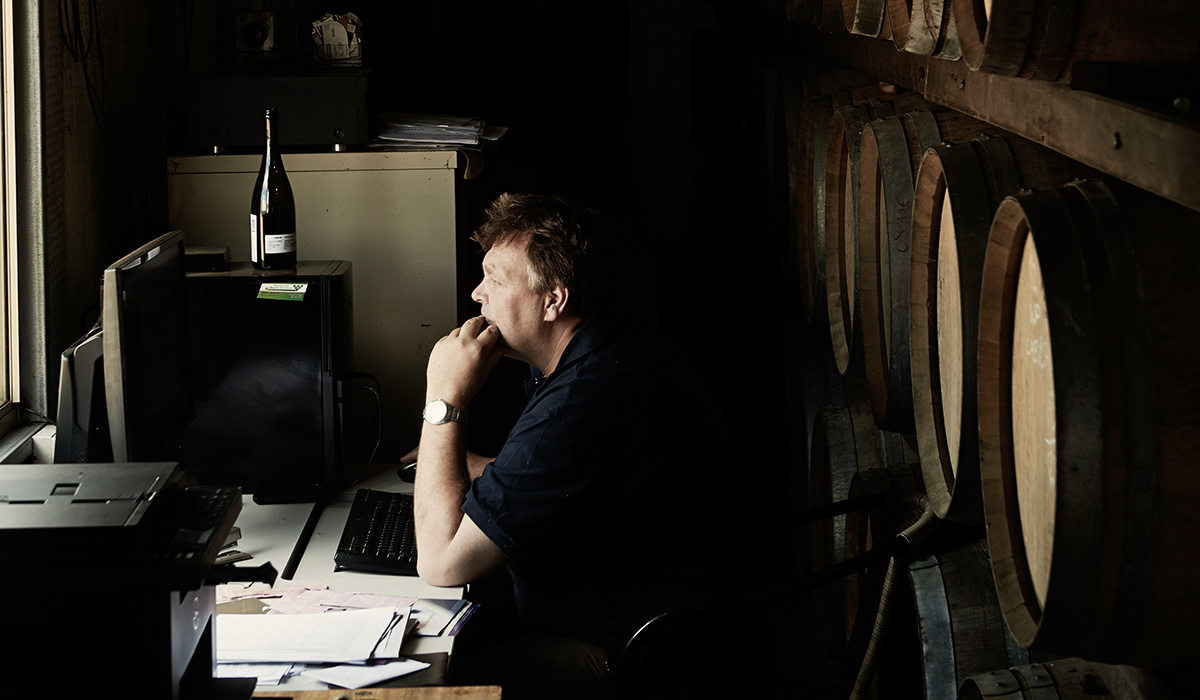
Pinot noir clones and site selection
In Tasmania, where the pinot area under vine has grown tremendously, Jeremy has a clear view of the balance of the two. "Site and season trump clone every time. If you go back to the old plantings in Tassie, there were four to five clones that dominated and a bunch that are pretty unfashionable now, but the clone is far less important than the site," he says."The worst close on the best site will always make better booze than someone who has planted the fanciest, newest clone on a ridiculous site, and it's a shame how often you see that. People have spent a lot more effort on the right site selection now. I can pretty confidently say there's not much really bad stuff in Tassie, even in the tough years now."
The increased quality of Australian pinot drives more consumer interest in the variety, which propels more funds to invest in pinot production. It could be a question of the chicken or the egg, but one thing is certain, Australia is currently in a deep love affair with pinot.
"When I was studying at Roseworthy, pinot was considered a pissy-nothing red wine," Jeremy says. "You were almost ridiculed for drinking it or wanting to make it, and now pinot is the darling red wine of the industry."
So, when will our national appetite for pinot start to decline? "I'm not sure when that is going to be," Sarah says. "Just a few years ago, we were planting more pinot at Yarra Yering, and someone said to me, 'There's no future in pinot.' I said, 'You don't know how wrong you are, we're selling out of what we produce, so I reckon there is!' The state of play has never been stronger in Australia for pinot noir and that's really exciting."

The rise of pinot blends
At the mention of blending, many pinot purists will cover their ears and cry, "Why waste perfectly good pinot?" However, Yarra Yering's Sarah Crowe argues there are plenty of good reasons. Blending it can create a wine with immediacy and approachability, especially for those who tend to buy wine to enjoy immediately rather than cellar."For me, it was about introducing a wine that gave people permission to open it and enjoy it, and I think it's why these blends now have become so popular. They are about pure enjoyment in a medium-bodied fashion that is really fragrant and juicy," she says.
For highlights within the category, Sarah points to her Yarra Yering Light Dry Red Pinot Shiraz, the Medhurst Estate YRB, also from the Yarra Valley, and the Silkman Reserve Shiraz Pinot Noir from the Hunter Valley.
Across eight modules, Halliday Wine Academy's Introduction to Wine course offers a detailed look at the Australia wine landscape. Learn about wine varietals, Australian wine regions, how wine is made, how to taste and describe wine, how to approach food and wine matches, along with handy tips that address common wine questions.
This article first appeared in Halliday magazine. Become a member to receive the print publication as well as digital access.
Top image credit: Bindi Wines.
Latest Articles
-
Wine Lists
The 50 most popular wines of 2025
just now -
Win
Win a stunning collection of Plumm glassware and wine, valued at over $500
1 day ago -
Wine Lists
Why you should drink Australian this festive season (and 80 of our best wines to try)
1 day ago -
Wine Lists
Top Christmas wines under $30 (and five worth splurging on)
1 day ago

